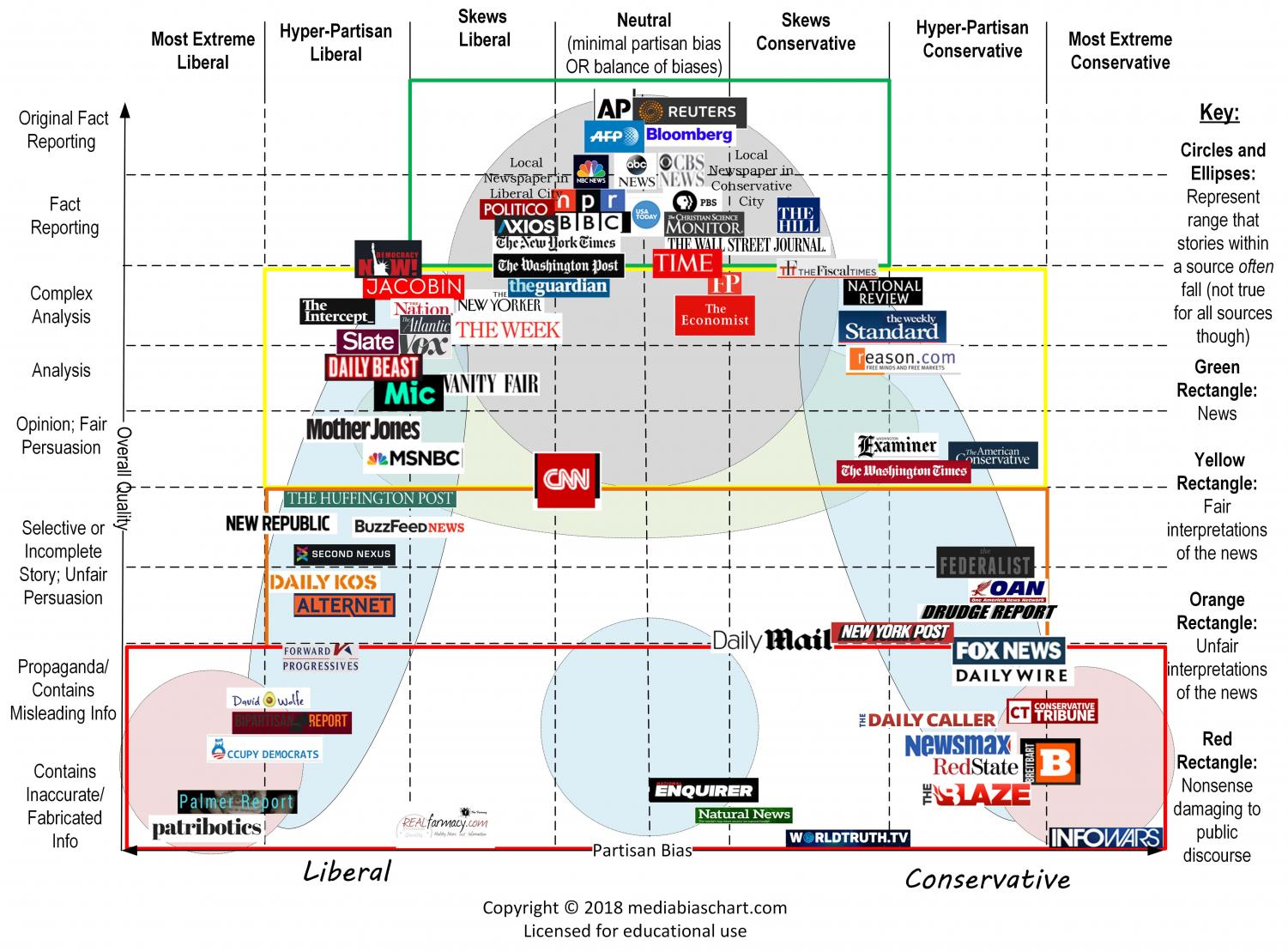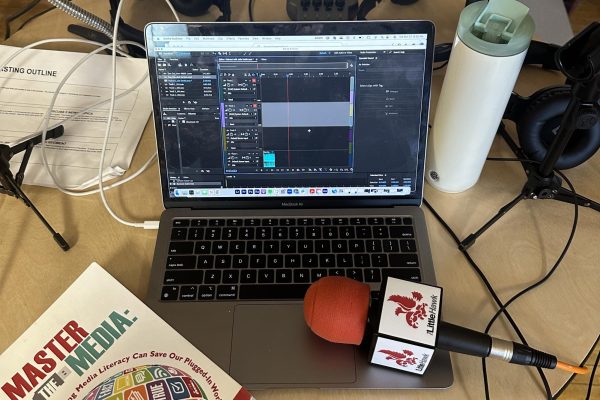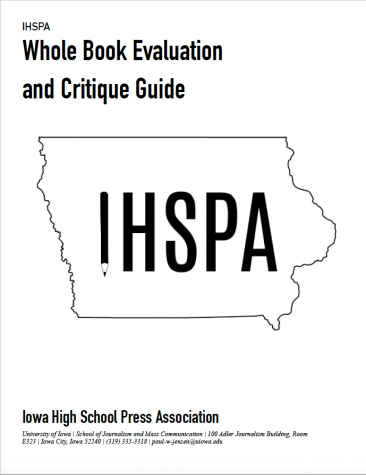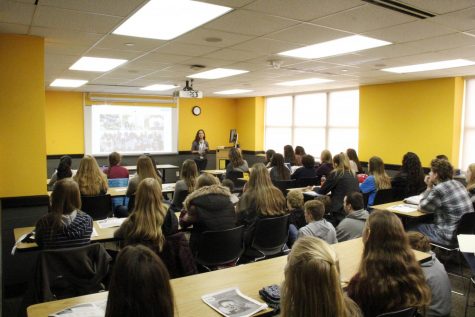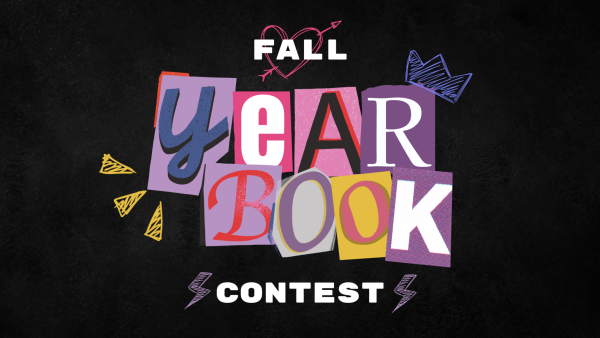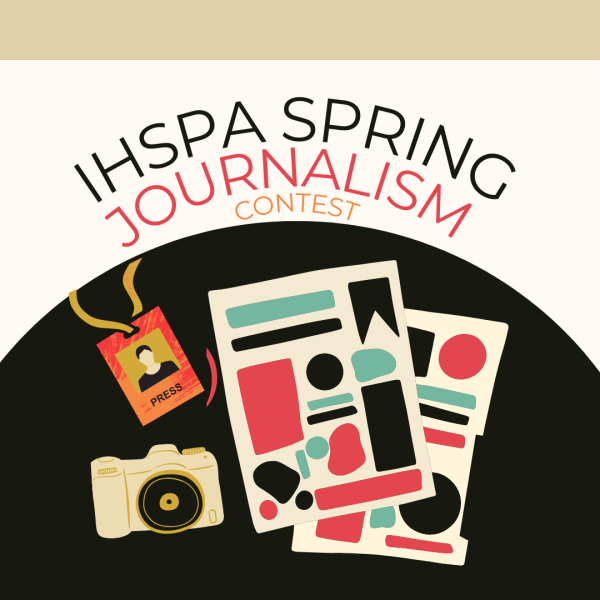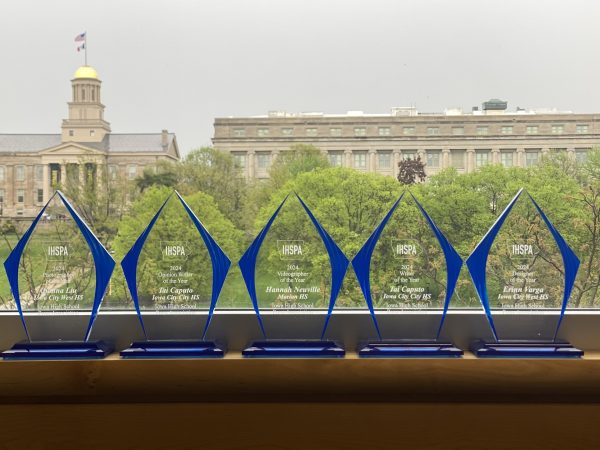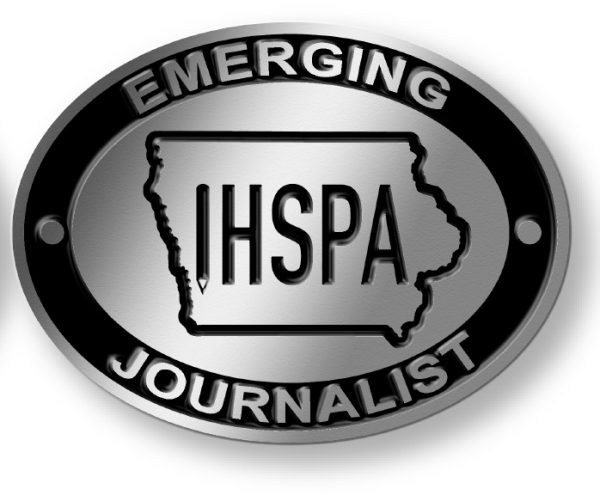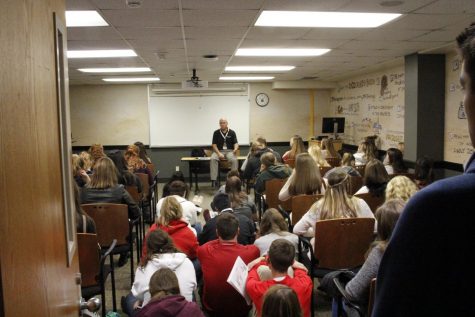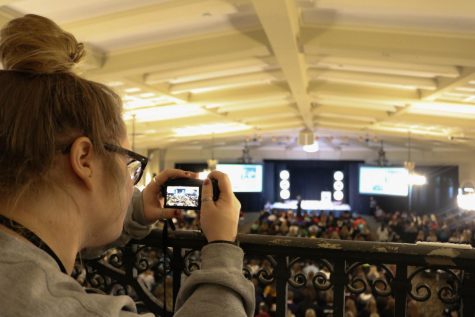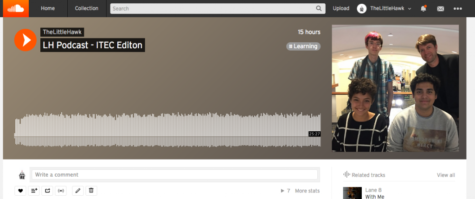Objectivity is dead
Spoiler alert: It requires some effort.
Objectivity is dead.
That seems to be the cry from media critics on both the right and the left. However, those who are skeptical about the journalistic media they are consuming find it is possible to discover the truth. Spoiler alert: It requires some effort.
In order to get a complete picture of what is factual and truthful in the world you need to be a good consumer of media. Those tuned into the world of education have undoubtedly heard the term “media literacy” tossed around a lot since the 2016 election. This means that educators need to teach students how to critically consumer media and not trust that what is being shared is the truth.
There are entire books dedicated to how to do this, so this article will not focus on teaching media literacy, but instead will focus on a tool that can help.
Full disclosure, I would not have discovered this tool had it not been for my JEA mentor, Gary Lindsay. He is a tremendous resource for talking about all things in professional and scholastic media.
Gary often keeps an eye out for the Media Bias Chart, which is updated annually. This chart will help guide your thinking about the media you consume. A nice exercise to test the placement of an outlet on the chart is to read a story about the same event from two different outlets and see how they compare.
Some things to keep in mind when placing a media outlet on the spectrums listed on the chart are source selection, word choice, tone and accuracy.
If an outlet is only interviewing sources from one side of the political spectrum, and features no criticism of a controversial issue, is exhibiting bias in their reporting. As with most things in life, if something seems too good (or bad) to be true than it likely isn’t. Check multiple sources across the ideological spectrum for consistent reporting before celebrating or buying into the doom and gloom.
Word choice and tone often go hand in hand. If a writer is working hard to make things appear incredibly positive or negative then they are leaning into opinion writing rather than unbiased news reporting. Remember that in the Society of Professional Journalists Code of Ethics the top goal is “Seek the truth and report it.” One cannot pass off opinionated writing as news and call oneself a journalist.
Piggybacking on the fact that journalists top goal should be reporting the truth it is imperative to make sure that your story is as accurate as possible. It is not the job of a journalist to allow everyone a platform for their views, but rather interview as many sources as necessary to determine the truth. Once you have the best obtainable version of the truth report that to your readers/viewers.
If you choose to use this in your teaching materials make sure to purchase the proper usage rights. It’s only $15 for the downloadable image and standard license. (Thanks to Allison Berryhill for sending me that link.)
The media bias chart is a tremendous tool and starting point for those looking to become better consumers of journalism. It’s a nice starting point for those looking to teach their students or staffs about being skeptical consumers of news in a time where anyone can proclaim anything as news on the internet.
Kyle Phillips, IHSPA President
